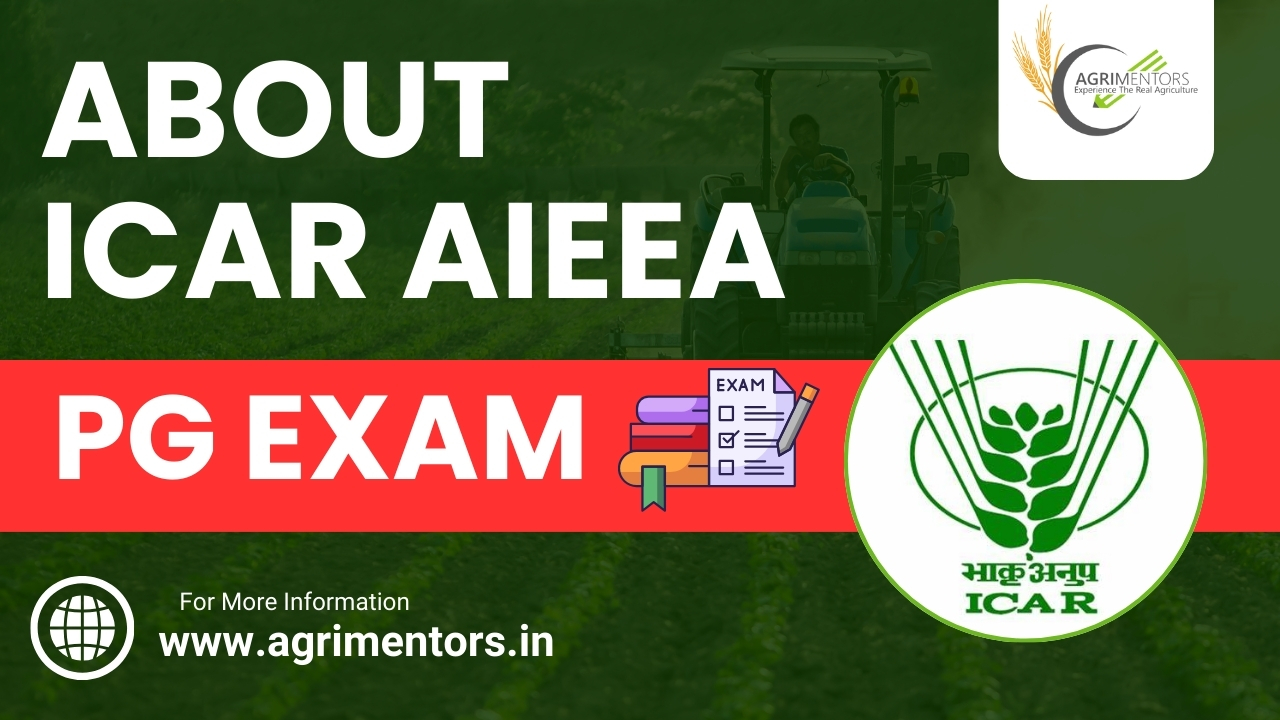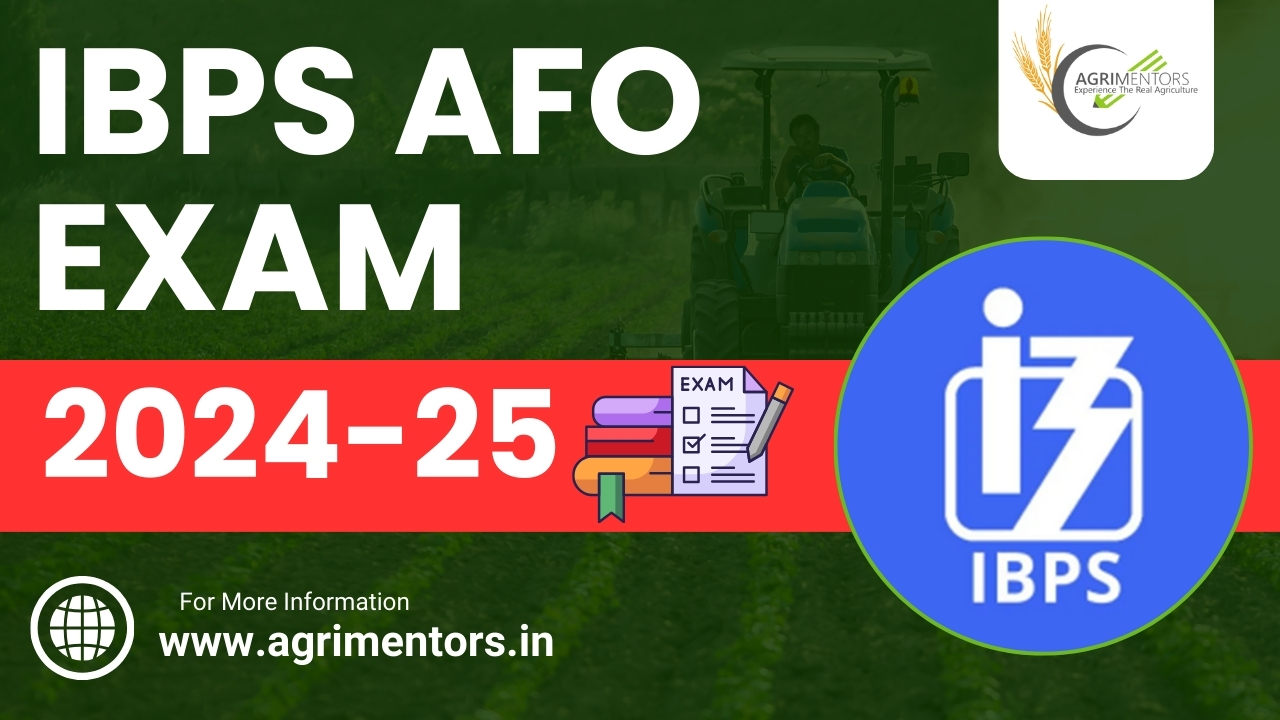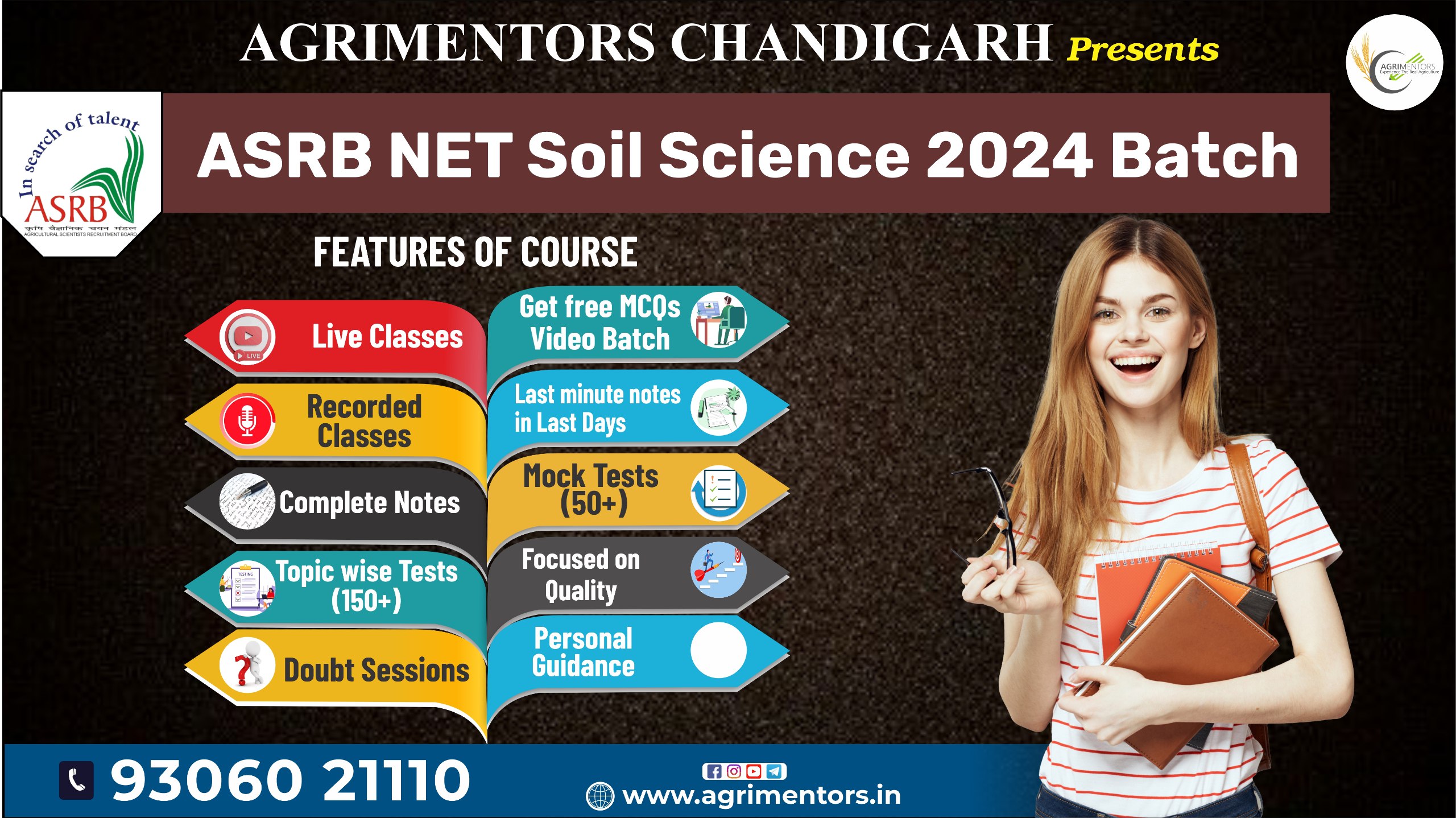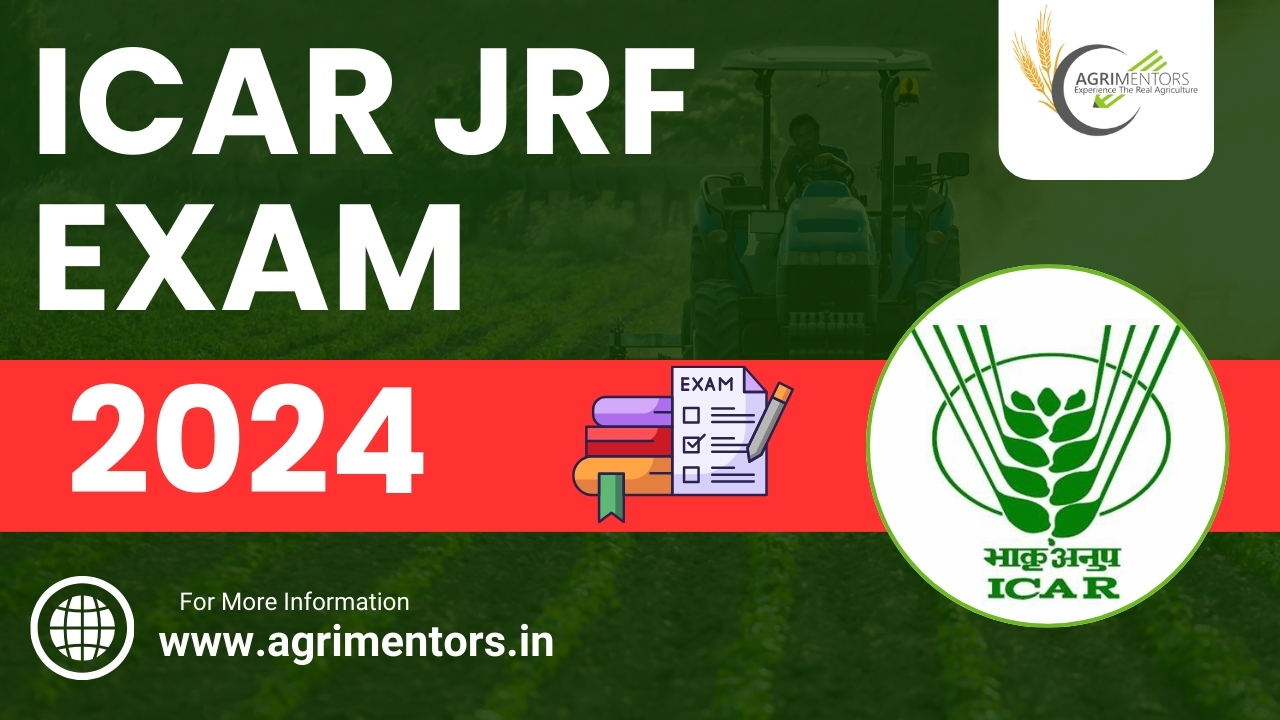
Haryana ADO Eligibility Criteria 2024
The Haryana ADO Eligibility Criteria 2024 require candidates for the Agricultural Development Officer position to hold a B.Sc (Honours) degree in Agriculture from a recognized university. Additionally, candidates must be proficient in Sanskrit or Hindi up to the Matriculation level or have studied Hindi as a subject in their 10+2 or M.A. If applying for a specialization in Soil Conservation or Soil Survey, candidates must also possess a degree in B.Sc (Honours) in Agriculture or B.Sc Agriculture (Engineering) from a recognized university. Meeting these criteria is essential for a successful application to the HPSC ADO role.
Haryana ADO Eligibility Criteria 2024 – Overview
Candidates applying for the HPSC ADO position must be between 18 and 42 years of age. They should hold a B.Sc. or B.Tech. degree in Agriculture Engineering and have proficiency in Sanskrit or Hindi up to the Matriculation level or 10+2. Indian citizenship is required, and the job location is in Haryana.
Haryana ADO Age Limit Criteria 2024
To be eligible for the HPSC Agricultural Development Officer (ADO) 2024 exam, candidates must meet specific age criteria.
The age limits for the ADO position are as follows:
Applicants must ensure that their age is within the specified range to qualify for the competitive examination.
Haryana ADO Age Limit Relaxation
Scheduled Castes / Scheduled Tribes: 5 years
Backward Classes: 5 years
Wife of Military Personnel Disabled in Service: 5 years
Widowed or Legally Divorced Woman (not remarried): 5 years
Judicially Separated Woman (residing separately for more than two years): 5 years
Unmarried Woman: 5 years
Ex-Serviceman:
Relaxation in age by adding three years of military service, provided certain conditions are met.
Disabled Persons under the Rights of Persons with Disabilities Act, 2016:
5 years (+5 years if PwD applicant belongs to specified categories, subject to a maximum of 52 years).
Persons with Prior Adhoc/Contract/Work-charged/Daily Wages Experience in Haryana Government Departments:
Equal to completed years on an equivalent post, excluding breaks, subject to a maximum age of 52 years. Once appointed on a regular basis, previous age relaxation benefits cannot be availed for subsequent appointments.
Haryana ADO Nationality/Citizenship
For HPSC ADO Recruitment, only Indian citizens are eligible to apply. This requirement ensures that all candidates for the Agricultural Development Officer position meet the citizenship criteria set by the Haryana Public Service Commission.
Haryana ADO Educational Qualification 2024
Applicants for the HPSC ADO Recruitment must have a B.Sc. or B.Tech. degree in Agriculture Science from a recognized university. This educational qualification ensures that candidates have the essential knowledge and expertise in agricultural sciences, which is a key requirement for the Agricultural Development Officer role.
Maximum Attempts for HPSC ADO Recruitment
The commission has not set a maximum limit on the number of attempts for any candidate.
Eligibility to apply for the post is contingent upon satisfying the upper age limit.
Applicants can make multiple attempts, provided they meet the age criterion, offering flexibility in application submissions for the Agricultural Development Officer position under the Haryana Public Service Commission.
Scheme/Pattern of Recruitment Test
Proposed syllabus for ADo (Agriculture)
Ecology and its relevance to man, natural resources, their sustainable management and conservation Physical and social environment as factors of crop distribution and production. Agro ecology; cropping pattern as indicators of environments. Environmental pollution and associated hazards to crops, animals, and humans. Climate change-international conventions and global initiatives. Greenhouse effect and global warming Advance tools for ecosystem analysis-Remote sensing (Rs) and Geographic Information Systems (GIS).
Cropping patterns in different agro-climatic zones of the country’ Impact of high yielding and short-duration varieties on shifts in cropping patterns Concepts of various cropping, and farming systems. Organic and Precision farming Package of practices for the production of important cereals, pulses, oil seeds, fibers, sugar, and commercial and fodder crops.
Important features, and scope of various types of forestry plantations such as social forestry, agro-forestry, and natural forests: Propagation of forest plants. Forest products. Agro_forestry and value addition. Conservation of forest flora and fauna.
Weeds, their characteristics, dissemination, and association with various crops; their multiplications; cultural, biological, and chemical control of weeds.
Soil-physical, chemical, and biological properties Processes and factors of soil formation. Soils of India. Mineral and organic constituents of soils and their role in maintaining soil productivity. Essential plant nutrients and other beneficial elements in soils and plants. Principles of soil fertility, soil testing and fertilizer recommendations, integrated nutrient management Biofertilizers’ Losses of nitrogen in the soil, nitrogen-use efficiency in submerged rice soils, nitrogen fixation in soils. Efficient phosphorus and potassium use. Problem soils and their reclamation. Soil factors affecting greenhouse gas emission.
Soil conservation, integrated watershed management. Soil erosion and its
management. Dry land agriculture and its problems. Technology for stabilizing agriculture production in rainfed areas.
Water use efficiency in relation to crop production, criteria for scheduling
Irrigations, ways, and means of reducing run-off Losses of irrigation water’ Rai; water harvesting. Drip and sprinkler irrigation. Drainage of water_logged soils, quality oF irrigation water, the effect of industrial effluents on soil, and water pollution. Irrigation projects in India.
Farm management, scope, importance and characteristics, farm planning Optinrum resource use and budgeting. Economics of different types of farming systems. Marketing management strategies for development, market intelligence. Price fluctuations and their cost; the role of co-operatives in agricultural economy; types and systems of farming and factors affecting their Agricultural price policy. Crop insurance.
Agricultural extension, its importance, and role, methods of evaluation of extension programs, socio-economic survey and status of big, small, and marginal farmers and landless agricultural laborers; Training programs for extension workers. Role of Krishi Vigyan Kendra’s (KVK) in the dissemination of Agricultural technologies. Non-Government Organisation (NGO) and self-help group approach for rural development.
Cell structure, function, and cell cycle. Synthesis, structure, and function of genetic material. Laws of heredity. Chromosome structure, chromosomal aberrations, linkage and cross-over, and their significance in recombination breeding. Polyploidy, euploids, and aneuploids. Mutation-and their role in crop improvement. Heritability, sterility and incompatibility, classification and their application in crop improvement.
History of plant breeding. Modes of reproduction, selfing, and crossing techniques. Origin, evolution, and domestication of crop plants, the center of origin. law of homologous series, crop genetic resources-conservation, and utilization. Application of principles of plant breeding, improvement of crop plants. Molecular markers and their application in plant improvement. Pure-line selection, pedigree, mass, and recurrent selections, combining ability, and its significance in plant breeding. Heterosis and its exploitation. Somatic Juridization Breeding for disease and pest resistance. Role of interspecific and lifted crop plants.
Seed production and processing technologies. Seed certification, Seed testing and storage. DNA finger printing and seed registration. Role of public and private sectors in seed production, and marketing. Intellectual Property Rights (IPR) issues, WTO issues, and its impact on Agriculture.
Principles of Plant Physiology with reference to plant nutrition, absorption, translocation, and metabolism of nutrients. Soil-water-plant relationship.
Enzymes and plant pigments; photosynthesis-modern concepts and factors affecting the process, aerobic and anaerobic respiration; C3, C4, and CAM mechanisms. Carbohydrate, protein, and fat metabolism. Growth and development; photoperiodism and vernalization. Plant growth substances and their role in crop production. Physiology of seed development and germination; dormancy. Stress-physiology-draught, salt, and water stress.
Major fruits, plantation crops, vegetables, spices, and flower crops. Package practices of major horticultural crops. Protected cultivation and high-tech horticulture. Post-harvest technology and value addition of fruits and vegetables, Landscaping, and commercial floriculture. Medicinal and aromatic plants. Role of fruits and vegetables in human nutrition.
Ecology and its relevance to man, natural resources, their sustainable management and conservation Physical and social environment as factors of crop distribution and production. Agro ecology; cropping pattern as indicators of environments. Environmental pollution and associated hazards to crops, animals, and humans. Climate change-international conventions and global initiatives. Greenhouse effect and global warming Advance tools for ecosystem analysis-Remote sensing (Rs) and Geographic Information Systems (GIS).
Cropping patterns in different agro-climatic zones of the country’ Impact of high yielding and short-duration varieties on shifts in cropping patterns Concepts of various cropping, and farming systems. Organic and Precision farming Package of practices for the production of important cereals, pulses, oil seeds, fibers, sugar, and commercial and fodder crops.
Important features, and scope of various types of forestry plantations such as social forestry, agro-forestry, and natural forests: Propagation of forest plants. Forest products. Agro_forestry and value addition. Conservation of forest flora and fauna.
Weeds, their characteristics, dissemination, and association with various crops; their multiplications; cultural, biological, and chemical control of weeds.
Soil-physical, chemical, and biological properties Processes and factors of soil formation. Soils of India. Mineral and organic constituents of soils and their role in maintaining soil productivity. Essential plant nutrients and other beneficial elements in soils and plants. Principles of soil fertility, soil testing and fertilizer recommendations, integrated nutrient management Biofertilizers’ Losses of nitrogen in the soil, nitrogen-use efficiency in submerged rice soils, nitrogen fixation in soils. Efficient phosphorus and potassium use. Problem soils and their reclamation. Soil factors affecting greenhouse gas emission.
Soil conservation, integrated watershed management. Soil erosion and its
management. Dry land agriculture and its problems. Technology for stabilizing agriculture production in rainfed areas.
Water use efficiency in relation to crop production, criteria for scheduling
Irrigations, ways, and means of reducing run-off Losses of irrigation water’ Rai; water harvesting. Drip and sprinkler irrigation. Drainage of water_logged soils, quality oF irrigation water, the effect of industrial effluents on soil, and water pollution. Irrigation projects in India.
Farm management, scope, importance and characteristics, farm planning Optinrum resource use and budgeting. Economics of different types of farming systems. Marketing management strategies for development, market intelligence. Price fluctuations and their cost; the role of co-operatives in agricultural economy; types and systems of farming and factors affecting their Agricultural price policy. Crop insurance.
Agricultural extension, its importance, and role, methods of evaluation of extension programs, socio-economic survey and status of big, small, and marginal farmers and landless agricultural laborers; Training programs for extension workers. Role of Krishi Vigyan Kendra’s (KVK) in the dissemination of Agricultural technologies. Non-Government Organisation (NGO) and self-help group approach for rural development.
Cell structure, function, and cell cycle. Synthesis, structure, and function of genetic material. Laws of heredity. Chromosome structure, chromosomal aberrations, linkage and cross-over, and their significance in recombination breeding. Polyploidy, euploids, and aneuploids. Mutation-and their role in crop improvement. Heritability, sterility and incompatibility, classification and their application in crop improvement.
History of plant breeding. Modes of reproduction, selfing, and crossing techniques. Origin, evolution, and domestication of crop plants, the center of origin. law of homologous series, crop genetic resources-conservation, and utilization. Application of principles of plant breeding, improvement of crop plants. Molecular markers and their application in plant improvement. Pure-line selection, pedigree, mass, and recurrent selections, combining ability, and its significance in plant breeding. Heterosis and its exploitation. Somatic Juridization Breeding for disease and pest resistance. Role of interspecific and lifted crop plants.
Seed production and processing technologies. Seed certification, Seed testing and storage. DNA finger printing and seed registration. Role of public and private sectors in seed production, and marketing. Intellectual Property Rights (IPR) issues, WTO issues, and its impact on Agriculture.
Principles of Plant Physiology with reference to plant nutrition, absorption, translocation, and metabolism of nutrients. Soil-water-plant relationship.
Enzymes and plant pigments; photosynthesis-modern concepts and factors affecting the process, aerobic and anaerobic respiration; C3, C4, and CAM mechanisms. Carbohydrate, protein, and fat metabolism. Growth and development; photoperiodism and vernalization. Plant growth substances and their role in crop production. Physiology of seed development and germination; dormancy. Stress-physiology-draught, salt, and water stress.
Major fruits, plantation crops, vegetables, spices, and flower crops. Package practices of major horticultural crops. Protected cultivation and high-tech horticulture. Post-harvest technology and value addition of fruits and vegetables, Landscaping, and commercial floriculture. Medicinal and aromatic plants. Role of fruits and vegetables in human nutrition.
Categories
Recent posts


NABARD Grade A Exam
3 Jul 2024
IBPS AFO Exam 2024-25
3 Jul 2024
Syllabus
3 Jul 2024



